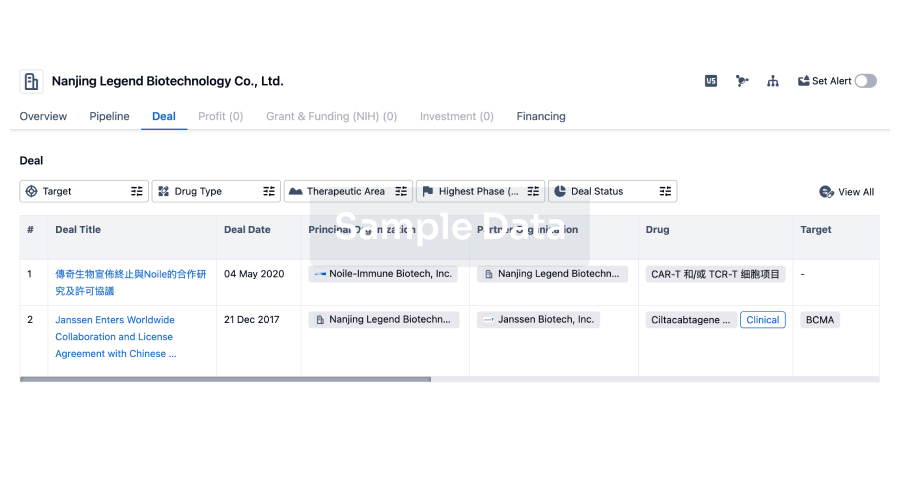Article
Author: Sultan, Asfia ; Mohan, Balvinder ; Jardani, Amina Al ; Gupta, Aarti ; Rajaibi, Arwa Al ; Khan, Fatima ; Zadjali, Razan Al ; Farooq, Shaika ; Meena, Suneeta ; Sen, Manodeep ; Ilanchezhiyan, Nainaraj ; Mamari, Azza Al ; Balkhair, Abdullah ; Kapoor, Pawan ; Gur, Renu ; Masters, Ken ; Jain, Mannu ; Poojary, Aruna ; Taneja, Neelam ; Kanungo, Reba ; Goyal, Nisha ; Thakuria, Bhaskar ; Siddiqui, Areena H ; Dutta, Sudip ; Princess, Isabella ; Rajendradas, Rugma ; Soman, Rajeev ; John, Keith H St ; Jitendranath, Ashish ; Al Malehi, Amal ; Jabri, Zaaima Al ; Rizvi, Meher ; Mohapatra, Sarita ; Langford, Bradley ; Sami, Hiba ; Agarwal, Jyotsna ; Singh, Narendra Pal ; Khan, Maria ; Singh, Sarman ; Malhotra, Shalini ; Tahir, Hatim El ; Devi, Sheela ; Yamunadevi, Vellore Ramanathan ; Singh, Sanjeev ; Sardana, Raman
ObjectivesKnowledge of local antibiotic susceptibility rates is essential to strengthen antimicrobial stewardship programs. DASH to Protect Antibiotics (https://dashuti.com/), promotes the dissemination of focused local antibiograms in community urinary tract infection (UTI). This study mapped the susceptibility profile of Klebsiella pneumoniae from 18 Indian centers.MethodsThe centers spanned nine Indian States and three Union Territories. Urinary K. pneumoniae antibiograms from the outpatient clinic were collated and analyzed. Standardization was achieved through online training. For epidemiological purposes, five centers tested fosfomycin.ResultsOverall, low susceptibility (<60%) was observed for the standard oral antibiotics prescribed for cystitis: co-trimoxazole, 54% (36-68%); ciprofloxacin, 52% (29-55%); amoxicillin-clavulanic acid, 46%, (35-82%); nitrofurantoin, 39% (19-78%); and cefuroxime, 30% (15-62%). The rates for third- and fourth-generation cephalosporins were 49% (45-52%) and 60% (36-76%), respectively. Extended-spectrum beta-lactamases ranged from 36-61% in India. Piperacillin-tazobactam 74% (65-87%), amikacin 76% (45-91%), and meropenem 81% (61-87%) exhibited higher activity. Fosfomycin was the most active antimicrobial, with 89% (92-97%) susceptibility. K. pneumoniae susceptibility was directly linked to geographic region, log gross domestic product (P <0.001), and humidity, and low and high temperatures (P <0.05).ConclusionsOral treatment options for K. pneumoniae cystitis are rapidly decreasing. Northern and southern India showed significant differences in antimicrobial susceptibility, highlighting the importance of local antibiograms for promoting antimicrobial stewardship. For uncomplicated cystitis, co-trimoxazole (54%) may be the empirical choice. Good susceptibility to fosfomycin was observed (89%). The empirical use of fluoroquinolones, cephalosporins, and amoxicillin-clavulanic acid has been discouraged. Piperacillin-tazobactam and aminoglycosides are carbapenem-sparing agents.







